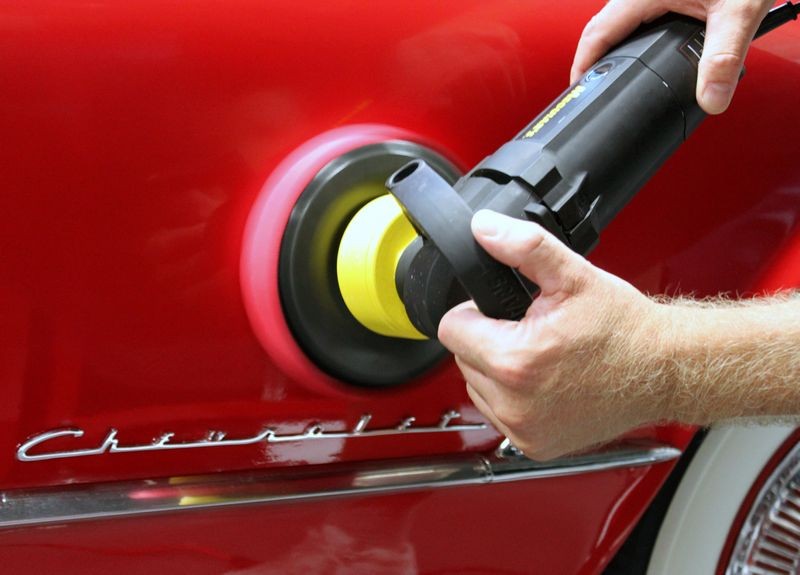T he answer is: Probably. Waxing has always made cars extra shiny. That’s still the case today, but both modern paint jobs and wax formulations have improved a lot in recent years. Paint used to be just thatpaint. A new car got a layer of primer and a few coats of colored lacquer, and that was it. Wax not only gave the paint a good gloss, it was also the only line of defense against scratches.
he answer is: Probably. Waxing has always made cars extra shiny. That’s still the case today, but both modern paint jobs and wax formulations have improved a lot in recent years. Paint used to be just thatpaint. A new car got a layer of primer and a few coats of colored lacquer, and that was it. Wax not only gave the paint a good gloss, it was also the only line of defense against scratches.
Beginning in the 1980s, manufacturers started adding a layer of clear coat, which seals the paint and adds to the shine of the car. The clear coat also takes the environmental abuse. Things like ultraviolet light, ozone, exhaust, salt, dirt, rain, bug guts, and bird poop build up tiny scratches and oxidation on the clear coat’s surface. As the paint ages, that damage causes the surface to get hazy and the shine to subside, but there’s generally no damage to the color layer below. Not waxing will leave the car looking dull and the clear coat vulnerable to accelerated wear. If you don’t particularly care how the car looks, you can be lazy and never wax itjust keeping the car washed will leave it looking reasonably nice (use a gentle soap made for carsno detergents). Waxing provides a sacrificial layer on top of the clear coat so that when you remove dirt and such you’re not directly rubbing the paint.
Things have changed substantially since dads spent Sunday afternoons rubbing carnauba wax onto lacquer car paint. Now even that classic formulation has additives that make it easier to wax on and wax off. New synthetic formulas are even simpler to apply and offer longer-lasting protection, and spray-on waxes can be applied with almost no effort at all. Plus, you don’t need to wax that often. Even if you obsess over your paint, four coats of wax a year are plenty, and you can use spray-on wax to maintain the shine. We like to wax the car at least twice a year, once before winter and once in the spring.